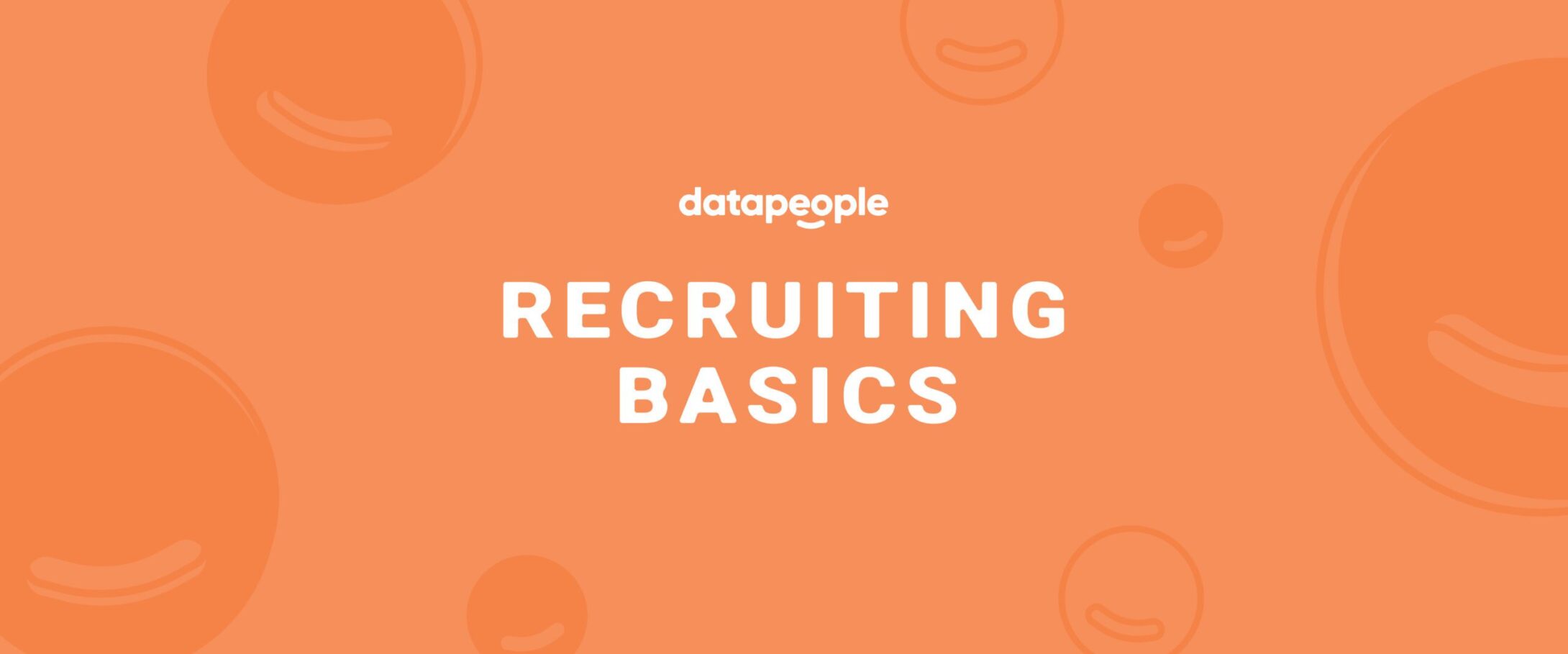It may seem like there are tons of options, but there are actually only two main ways companies organize their job description workflow. Although you might not know a lot about the second.
The more familiar way to manage job description workflow is for hiring managers to create and store job descriptions in a variety of programs. The less familiar (or possibly new-to-you) way is for recruiters or hiring managers to manage workflow within job description software, often integrated with an applicant tracking system (ATS).
The traditional workflow
This is the approach to job description workflow that’s familiar to most hiring teams. It usually involves different word-processing software, style guides, traditional communication programs, and places to store files.
Basically, a hiring manager uses Microsoft Word, Google Docs, or email to create a draft job description. They refer to style guides stored somewhere like Google Drive or Dropbox for design advice and standard company text like the diversity statement. They may also copy an older job description and use that as a template for the new job.
After writing the draft job post, the hiring manager shares it with the recruiting team. There’s usually some back-and-forth between a recruiter and the hiring manager as they fine-tune the content. Typically, they do this via email, Google Docs, or a communication platform like Slack.
The job description ultimately lives in emails, individual Google Drives, and shared folders owned by some of the team members. It can also live in a permission-locked job requisition in an ATS. It’s ready for publication when both the hiring manager and recruiter feel that it is. If the hiring team is using an ATS like Workday or SmartRecruiters, someone copies and pastes the new job description into the ATS.
Job description software-based workflow
This approach to recruiting processes might be less familiar or even new to you and your hiring team. It involves using job description software for word processing, style guidance, collaboration, and file management.
If you’re not familiar with job description software or even if you’ve used it before, now is a good time to take a closer look. In the past, job description software was typically just a static database of pre-written jobs. It’s a lot more than that now. With this approach, recruiters and hiring managers do most of the work within the job description software.
A hiring manager can create a new draft job post or duplicate one of their recent ones and work from there. For new job posts, styles and important content such as perks, location of the role, and diversity statements are baked in via account-wide default settings.
(The default sections come from the recruiting team, often in collaboration with the marketing team. This ensures consistency for those important sections across all writers.)
During the drafting process, the platform provides guidance on the content and language within the job description. With gamification, the platform scores the job description (e.g., on a scale of 1 to 100). This lets writers know how well they’re doing.
After completing the draft, the hiring manager can alert a recruiter that it’s review time. The recruiter can access and edit the job description right in the software. They also receive content and language guidance during the editing process. The job post is ready when its score reaches a certain number (e.g., 85 out of 100).
If the hiring team is using an ATS integrated with the job description software, they can push the job post to the ATS either automatically or with one click. Completed job posts live in the job description software. Jobs (open and closed) show on user dashboards automatically. Meanwhile, closed jobs also live on in a searchable, sortable, and filterable database.
2 ways to manage job description workflow
Job description workflow is about more than just preferences. How your hiring team goes about its work impacts the effectiveness of that work. If you’re working in a traditional model, it’s important to get the recruiting process down cold to ensure consistency. If you’re looking for something new, job description software-based workflow offers your hiring team another option.
